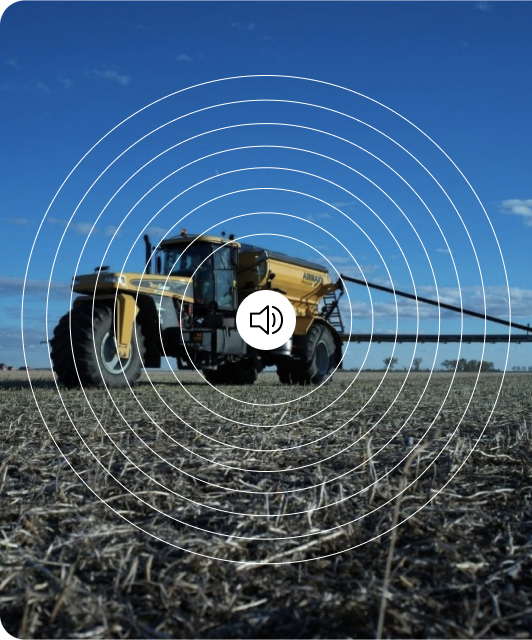Resource Library
Hundreds of articles, trending topics, research insights and more to explore.
Articles View All
Article
4R Nutrient Stewardship: Important Inside and Outside Our Industry
The 4R program still is and will continue to be a very important program...
Article
5 Scouting Tips to Identify Early-Season Deficiencies
Scouting is one of the simplest but most important tasks to complete dur...
Article
‘C.H.E.C.K.’ It Out: A Helpful Checklist for Uniform Nutrient Application
If your nutrient application isn’t uniform, then you really don’t know h...
Trending Topic View All

Trending Topic
Farmers take innovation into their own hands and their own fields
With new ag tech hitting the market every season, it can be hard to know what’s worth your time — and your dollars. Biologicals are the latest tool generating buzz, but do they live up to the hype? Six farmers across the Midwest put BioPath® to the test in real-world conditions during the inaugural season of Frontier Fields™. They faced it all — and came away with valuable insights on where biologicals work, where they don’t and what’s next for their operations.
View All
View All
Calculators
MicroEssentials® ROI Calculator for Growers
Aspire® ROI Calculator for Growers
Nutrient Removal Calculator for Growers
MicroEssentials® Value Calculator for Retailers
How much impact can growers expect to their bottom line?
Request accessPowerCoat™ Impregnation rate Calculator for Retailers
How much PowerCoat do you need to coat your fertilizer?
Request access
View All
Four Considerations to Maximize Fertilizer Inputs
1. Understand Crop Nutrient Demand and Removal
Today’s modern crop hybrids and...
Five Benefits of Soil Organic Matter
What is organic matter?
Organic materials are the fraction of the soil that ...
The Impact of High Yields on Deficient Soils
Since 1980, corn yields have increased by more than 1.8 bu/ac per year. Soybean and wheat yields have inc...
Soil pH Levels Indicate a Need to Adjust P and Zn Fertility in Soybeans
Raising a productive crop depends greatly on the nutrients a plant is able to access during its life cycl...
Phosphorus Fertility – Do We Need to Look Deeper?
When measuring phosphorus (P) availability in the soil profile, agronomists tend to focus on the first fe...
Oxidation of Elemental Sulfur in Soils
KEY FACTORS AFFECTING ELEMENTAL S OXIDATION
Oxidation of elemental S in soil i...
Video View All
Listen Now View All
Audio
Soybean Fertility
Ron Olson, Senior Agronomist at The Mosaic Company, discusses soybean fertility live on AgPhD Rural Radio.
Documents & Labels View All
GHS Label
Technical Data Sheet
Technical Data Sheet
Technical Data Sheet
Technical Data Sheet
Technical Data Sheet

